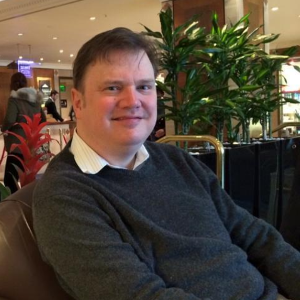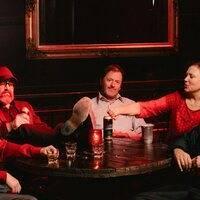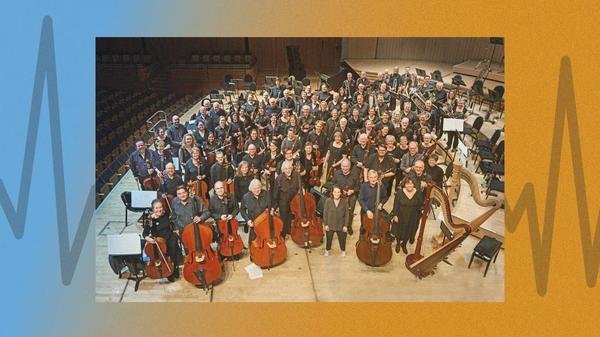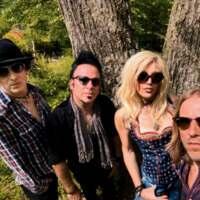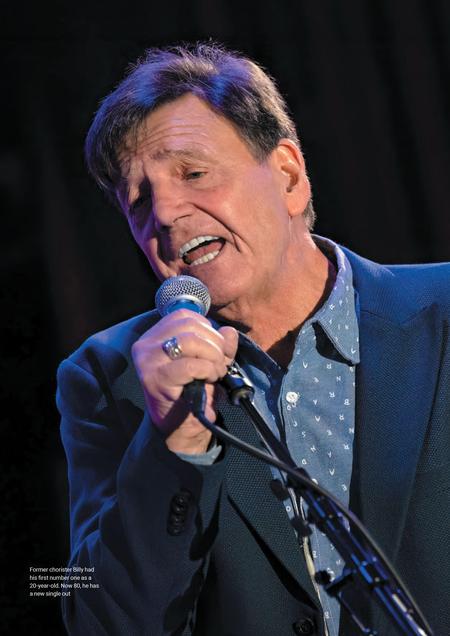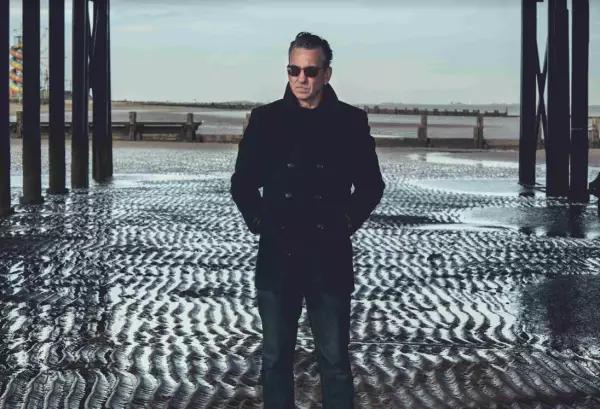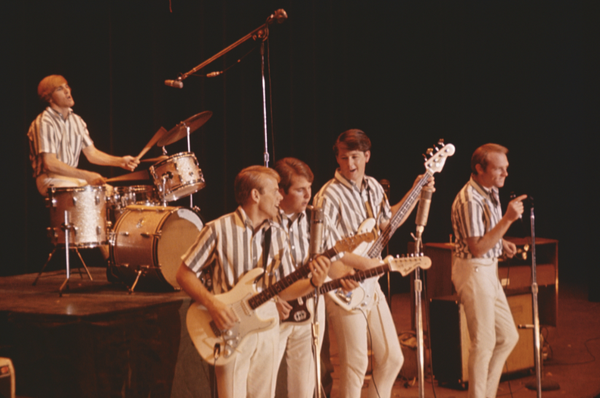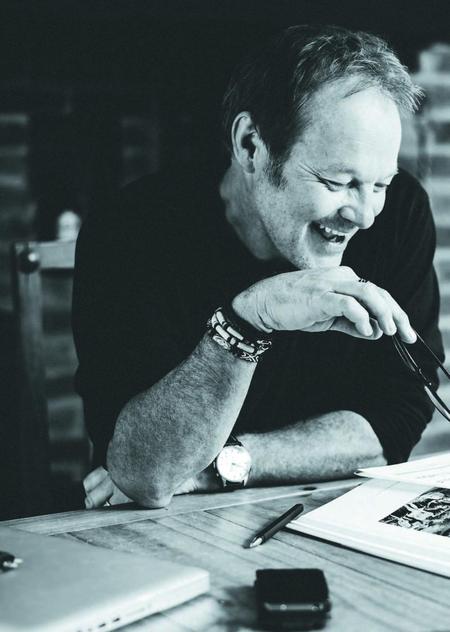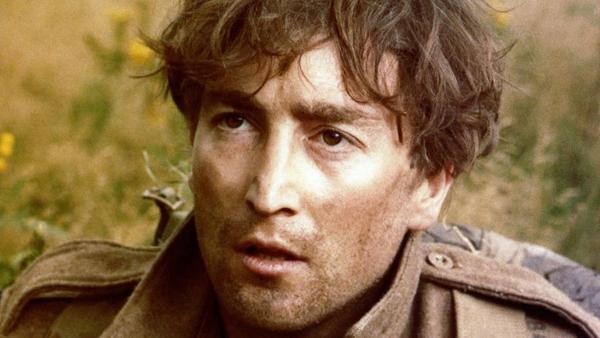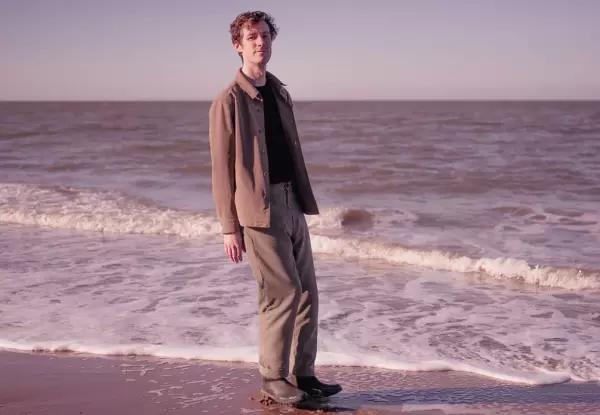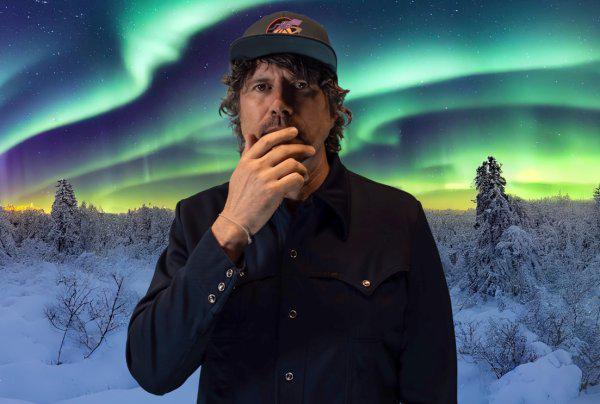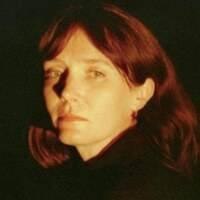
'You've Got To Do What's Important To You': Sarah Blasko Talks Growth, Hope and Her UK Live Plans - Stereoboard
Sarah Blasko’s extraordinary, candid album ‘I Just Need to Conquer This Mountain’ found the Australian songwriter tackling goodbyes, grief, friendships and new beginnings as she let go of her younger self. Released at the end of last year, it was recently accompanied by a live recording of these remarkable songs captured at Sydney’s Factory Theatre, while she will perform the album in full at four UK dates in early July.
The songs, which showcase Blasko’s startling vocals, date back to the pandemic, a period that afforded time to reflect on her personal history. In 2020, the Sydney-based musician gave birth to her second child and experienced the rupture of a lifelong friendship, all while the world was in chaos. As the album’s promotional material notes, “the timing was oddly poetic, as two people who had been raised in a [Pentecostal] church, waiting for the apocalypse to strike, parted ways as it felt like that day was finally upon us.”
The enforced downtime that year forced Blasko to re-evaluate the past, to make peace with who she is and who she isn’t, the things that have come to be in her life and those that probably won’t. “For me, music is often a release,” she tells Stereoboard in a break before tour rehearsals in Belgium. “I’d found myself at a point in my life where I just didn't know what was next. I didn’t really know how to move forward. The answers weren’t coming.
“Also, I wrote it at a time where the world wasn’t really normal, and I reflected upon things I hadn't thought about for a very long time. Some of those things came about because of the end of the friendship, but I think they also came out because I actually had time to stop and process these things. That’s what music really offers me, that I feel very grateful for, being able to process things. It’s your take on a moment or a feeling, and that’s great, because you can just release things into the atmosphere.”
The songs, which showcase Blasko’s startling vocals, date back to the pandemic, a period that afforded time to reflect on her personal history. In 2020, the Sydney-based musician gave birth to her second child and experienced the rupture of a lifelong friendship, all while the world was in chaos. As the album’s promotional material notes, “the timing was oddly poetic, as two people who had been raised in a [Pentecostal] church, waiting for the apocalypse to strike, parted ways as it felt like that day was finally upon us.”
The enforced downtime that year forced Blasko to re-evaluate the past, to make peace with who she is and who she isn’t, the things that have come to be in her life and those that probably won’t. “For me, music is often a release,” she tells Stereoboard in a break before tour rehearsals in Belgium. “I’d found myself at a point in my life where I just didn't know what was next. I didn’t really know how to move forward. The answers weren’t coming.
“Also, I wrote it at a time where the world wasn’t really normal, and I reflected upon things I hadn't thought about for a very long time. Some of those things came about because of the end of the friendship, but I think they also came out because I actually had time to stop and process these things. That’s what music really offers me, that I feel very grateful for, being able to process things. It’s your take on a moment or a feeling, and that’s great, because you can just release things into the atmosphere.”
